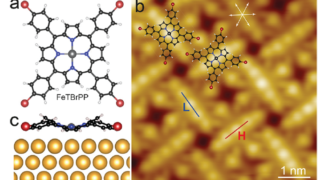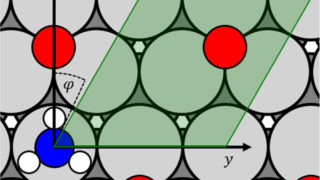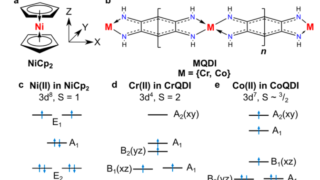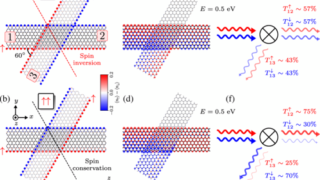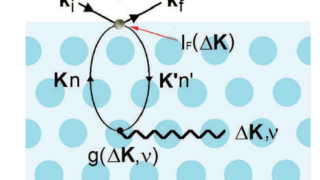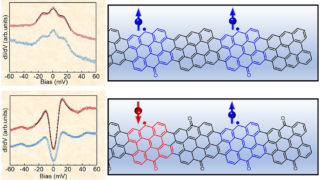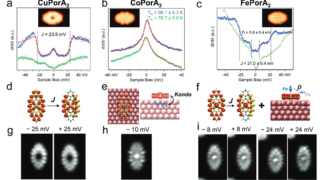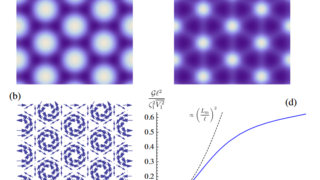
Synergistic effects of electrostatic bonds in a self-assembled molecule
One feature of supramolecular chemistry is that of self-assembly, in which the structure forms spontaneously as a consequence of the nature of the molecules. Weak non-covalent bonds are fundamental for designing self-assembled organic structures with potentially high responsiveness to mechanical, light, and thermal stimuli. The contributions of multiple weak interactions control the ability of the […]
